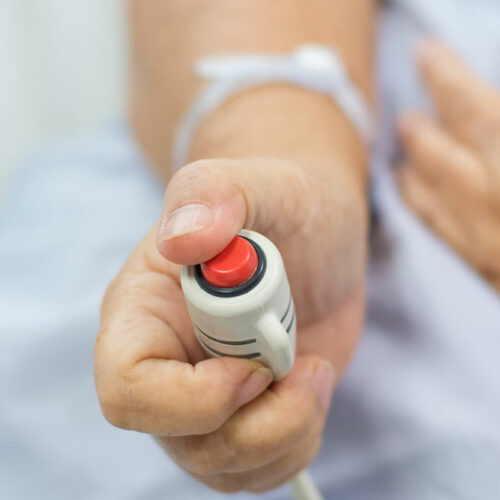11 early signs of Parkinson’s disease

Parkinson’s disease is a progressive disorder that affects the nervous system and causes unintended or uncontrollable movements, such as shakes, stiffness, or difficulty with coordination and balance. Since the condition begins slowly, it can be tough to tell if one has Parkinson’s. However, knowing the signs and symptoms can help one be more aware and visit a healthcare professional for diagnosis and management. Here are some common early signs of Parkinson’s disease: Tremors: Tremors or rhythmic shaking may affect a part of the body. It generally begins in a limb, especially the hands or fingers. One may experience trembling hands at rest, but the tremors may subside when performing a task. Slowed movement: Parkinson’s can also slow down movement, making it difficult to complete basic everyday tasks. Steps may become shorter, and one may notice the shuffling of the feet instead of walking. This slowing down is known as bradykinesia. Rigid muscles: One may also experience muscle stiffness, inflexibility, and cramps in any body part. It can often be painful and limit the range of motion. It may also make tasks such as writing, doing up the buttons, or tying one’s shoelaces more difficult. Posture and balance troubles: One may develop a stooped posture or have balance and coordination problems as the condition progresses.






